NATURAL SITES
Beautiful natural areas to discover in Sardinia.


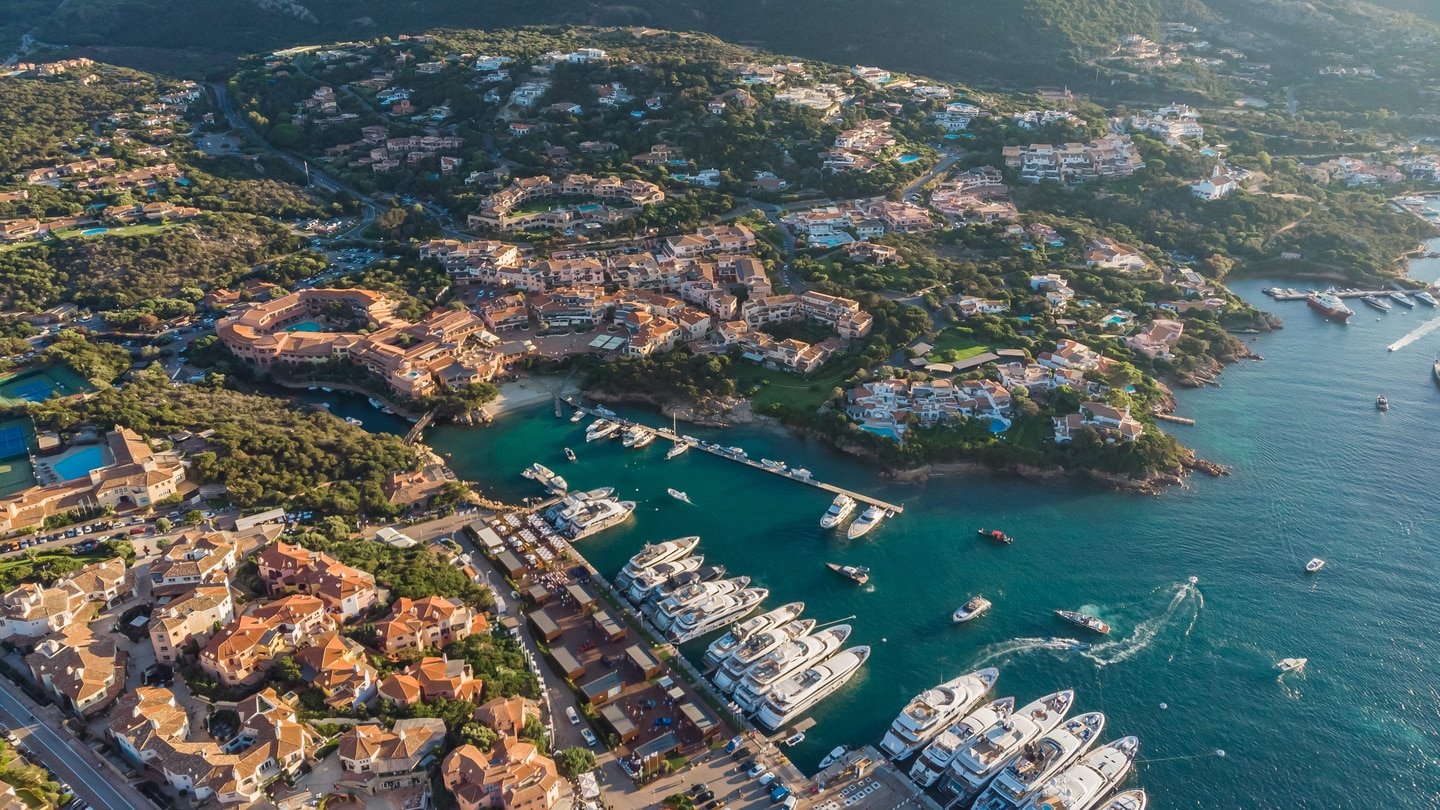

-
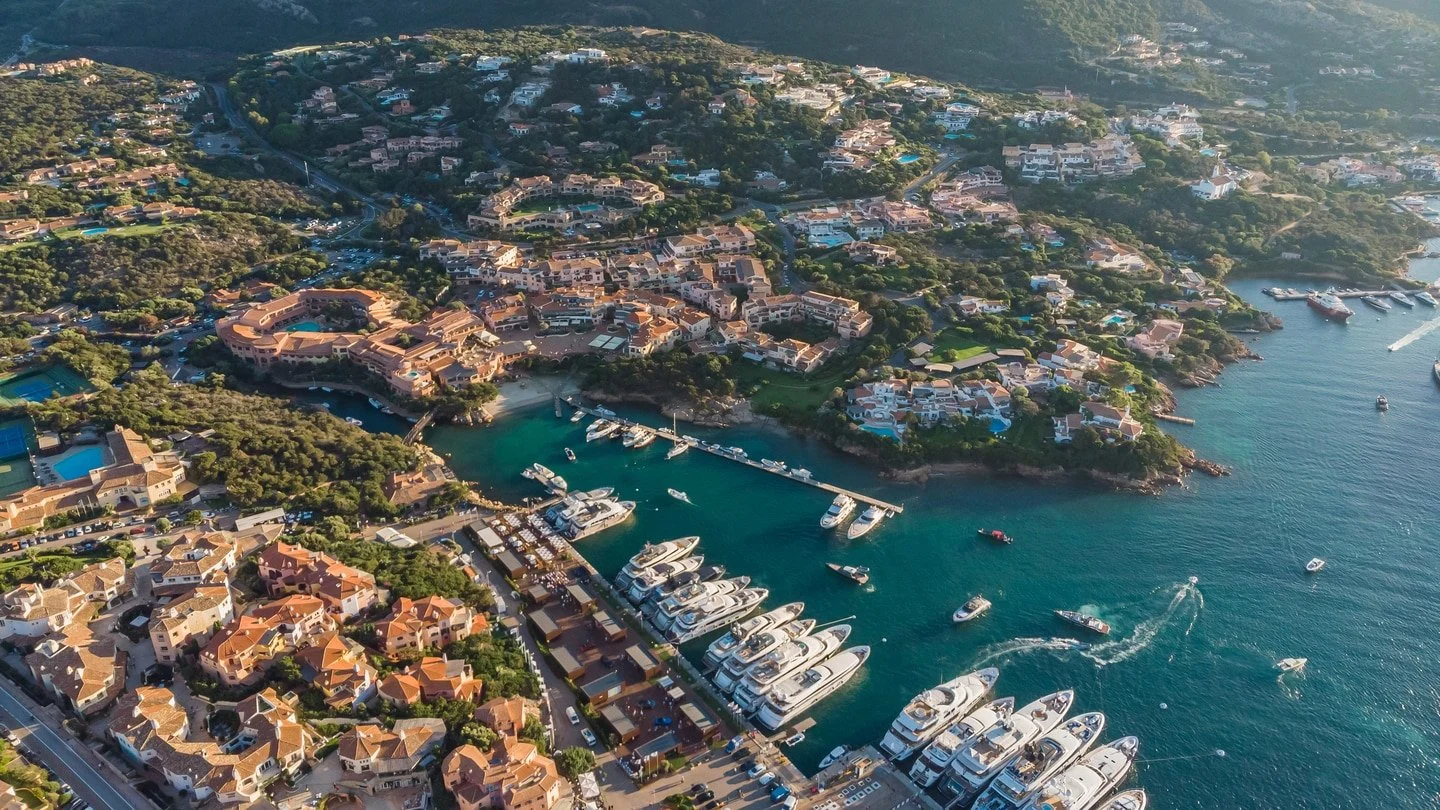
Porto Cervo
The capital of the Costa Esmeralda is a district of Arzachena, a town in the Gallura area. The seaside village emerged around a natural cove that resembles a deer. The old port dates back to the 1960s, when Prince Karim Aga Khan IV, captivated by the beauty of this stretch of coastline, had a brilliant idea when he decided to buy the lands of this part of Gallura and, together with the Swiss-French set designer Jacques Couelle, and later assisted by several Italian architects, he brought life to this paradise of international elite tourism.
-

Porto Rotondo
It is a jewel in the crown, along with Porto Cervo found on the north-eastern coast of Sardinia. Porto Rotondo is one of the most important tourist resorts of the coast, chosen by Italian and international stars and celebrities.
-

La Maddalena
Is the largest archipelago of Gallura and Sardinia, protected by the national park established in 1994, an unspoilt marvel of the Mediterranean. The island is the ideal destination for holidays characterized by natural beauty.
-
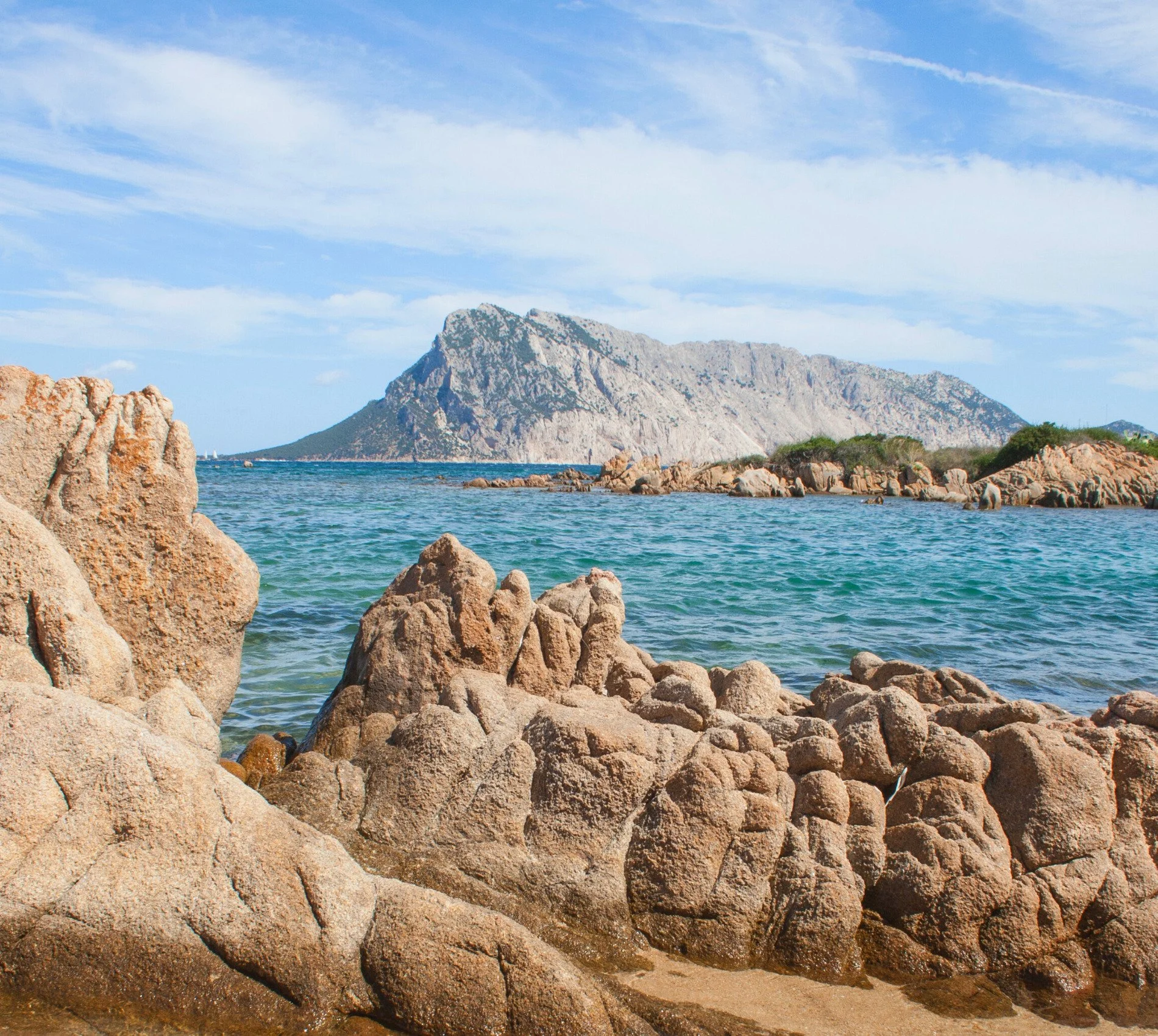
Tavolara
It is famous for being the smallest kingdom in the world. Tavolara is a limestone and granite mountain that rises from the sea, 560 meters high and four kilometers long, featuring rugged rocks.
-

Baja Sardinia
The little tourist village of Baja Sardinia, in the Arzachena area, in front of the Maddalena archipelago, just four kilometers from the well-known Porto Cervo, gives its name to the entire resort, which has become a reference point for hikers and for diving, windsurfing and canoeing enthusiasts.
-

Caprera
Caprera is connected to La Maddalena by a 600-metre bridge, built in 1958. In addition to its beauty, the island is famous for being Giuseppe Garibaldi’s last place of residence. The eastern part is barely accessible, as it is shielded by pink granite rocks and is steep and covered with Mediterranean scrub. The uncontaminated eastern side allowed the island to become a nature reserve in 1982 and it was later included in the national park.
-

Spargi
It’s an uncontaminated paradise of genuine beauty. Spargi is located across the western coasts of the Maddalena, and is the third largest island of the Maddalena Archipelago National Park, with a surface of over four square kilometers.
-
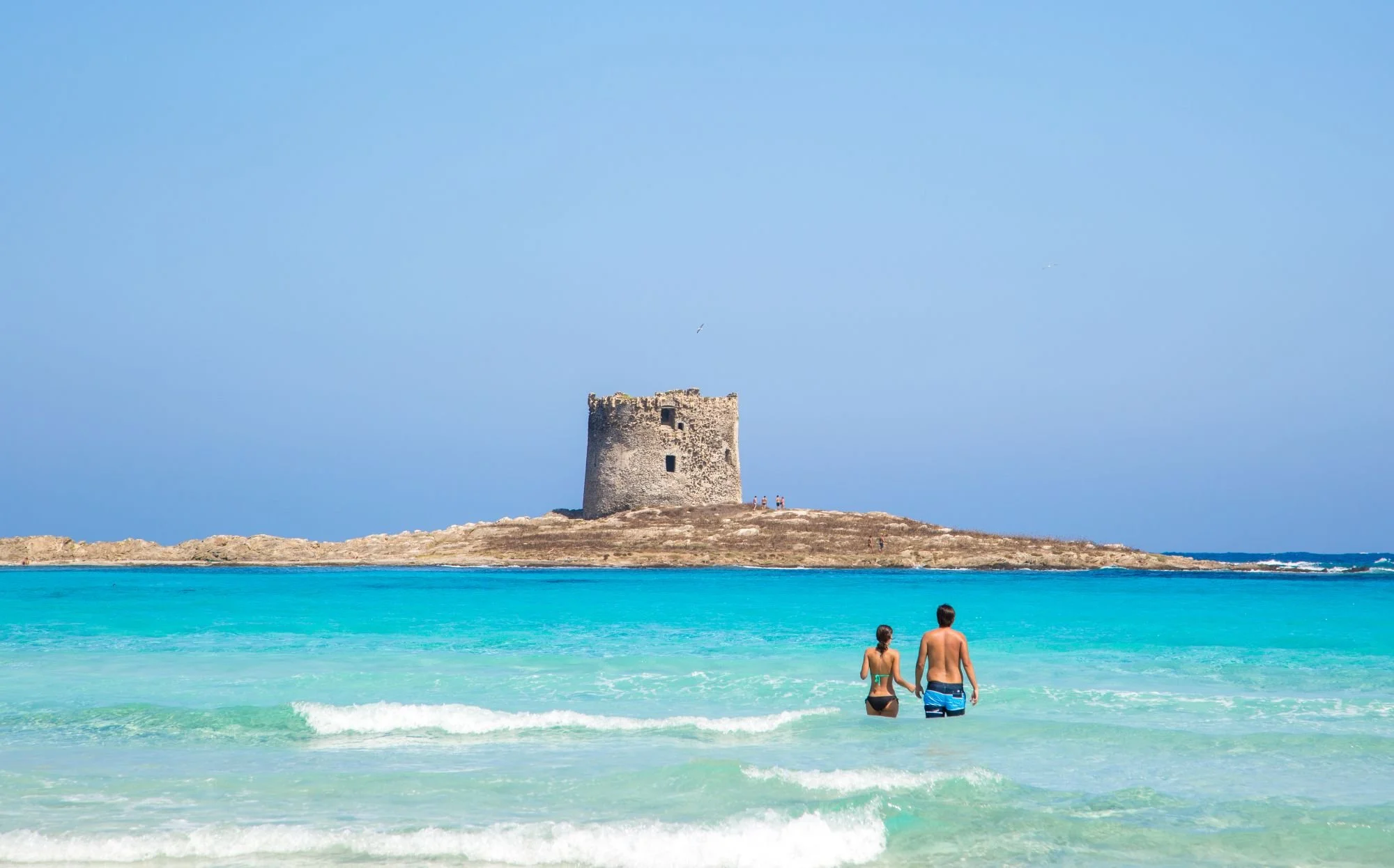
Stintino
Situated on the last limb of Sardinia, which stretches out towards the island of Asinara as to touch it, showing itself to the world as a masterpiece of rare beauty.
-

Thermal Sites
It is no coincidence that in Sardinia the thermal waters, filtered by ancient volcanic rocks and heated by the geothermal gradient, flow near domus de Janas and nuragic sites. It can be said with relative certainty, in fact, that the benefits deriving from their salt-bromine-iodine or sulphureous composition were well known since prehistoric times.
-

Sant Teodoro
The coastline here is home to a variety of beautiful seashore ‘gems’: Cala Ginepro, its air fragrant with the aromas of the native Mediterranean brush. Coda Cavallo beach, which will amaze you with views of the grand Tavolara and its protected marine area. The San Teodoro lagoon, where flamingos come to rest during migration and home to the long-legged black-winged stilt. It’s a wonderful place for a nice walk and a spot of bird watching. The nuraghe in the area of Naracheddu is its most important relic. People had also settled here in Roman times, as documented by archaeological finds now at the Museo del Mare.
-
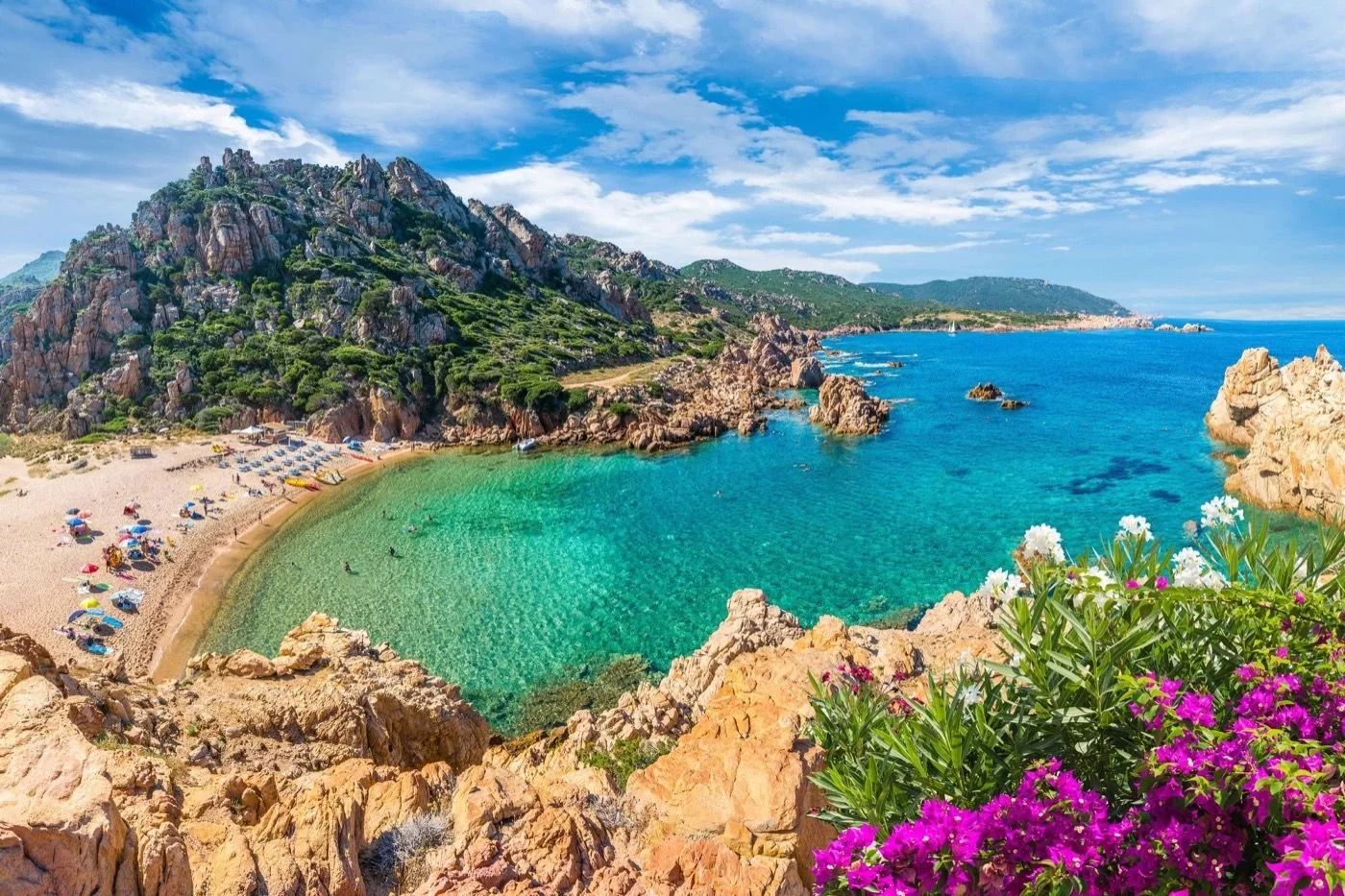
Golfo Aranci
The village extends along a strip of land in the sea, overlooking the gulf of Olbia, that ends at the base of Capo Figari. Ideal for diving - especially the Mamuthone Rock and Capo Filasca. And trekking inside a natural oasis, with the habitat of mouflons and rare birds that includes the little island of Figarolo. Trips via sea or on land along trails lead you to spectacular coves with heavenly beaches and sheer cliffs overlooking the crystal-clear turquoise waters.
Up above the promontory, there are wartime fortifications and a lighthouse. You can admire a village with colorful little houses, taste the Golfo Aranci cuisine with its seafood specialties.
-
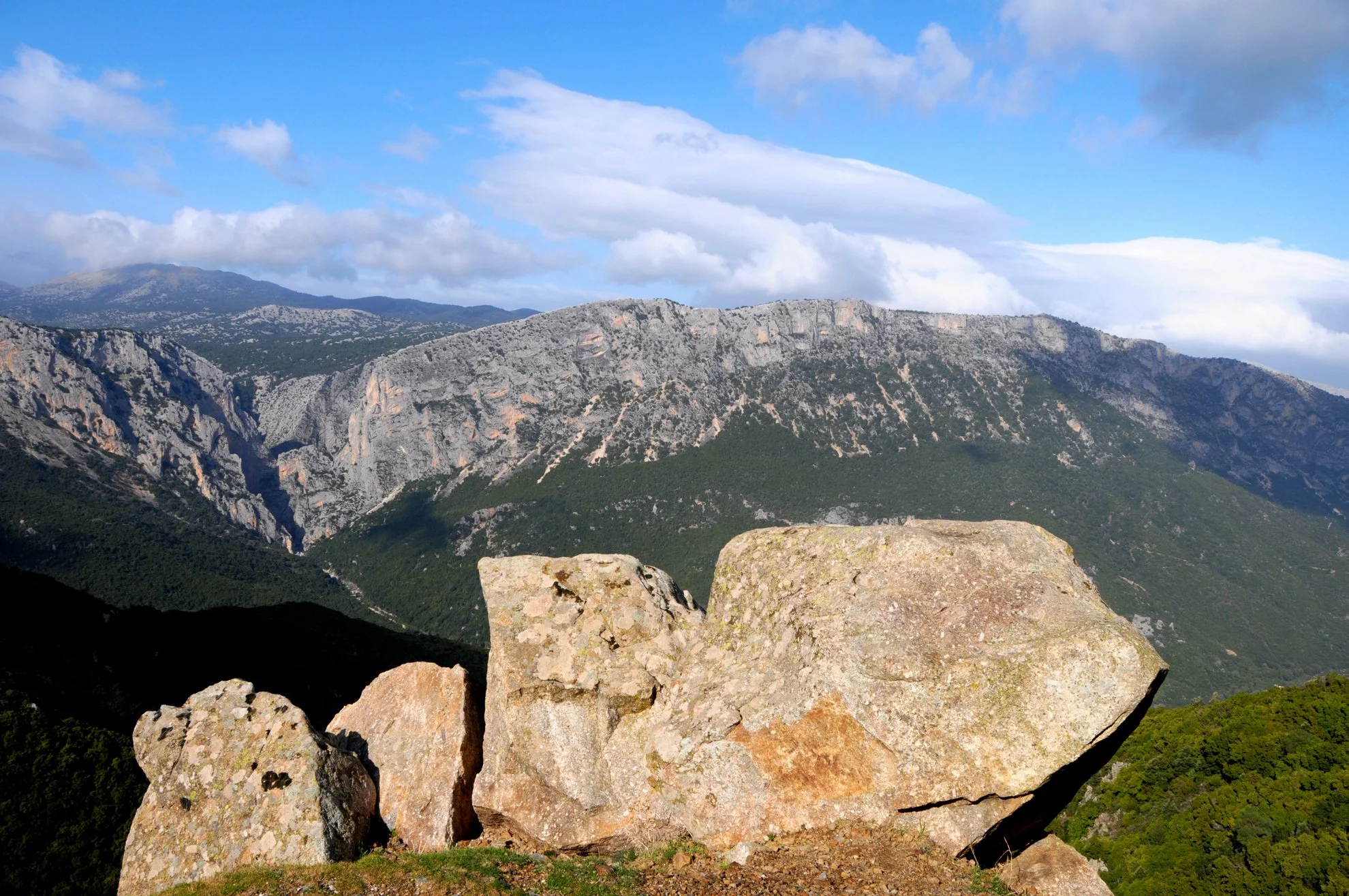
Gennargentu
A triumph of nature in a wild and pristine area. In spring its prairies are graced with colourful sa rosa ‘e monte, or peonies, which in Antiquity were the only flowers to bloom on Mt. Olympus. The Gennargentu is a fairytale land in winter, when the snow whitens the peaks and everything seems to come to a halt.
-
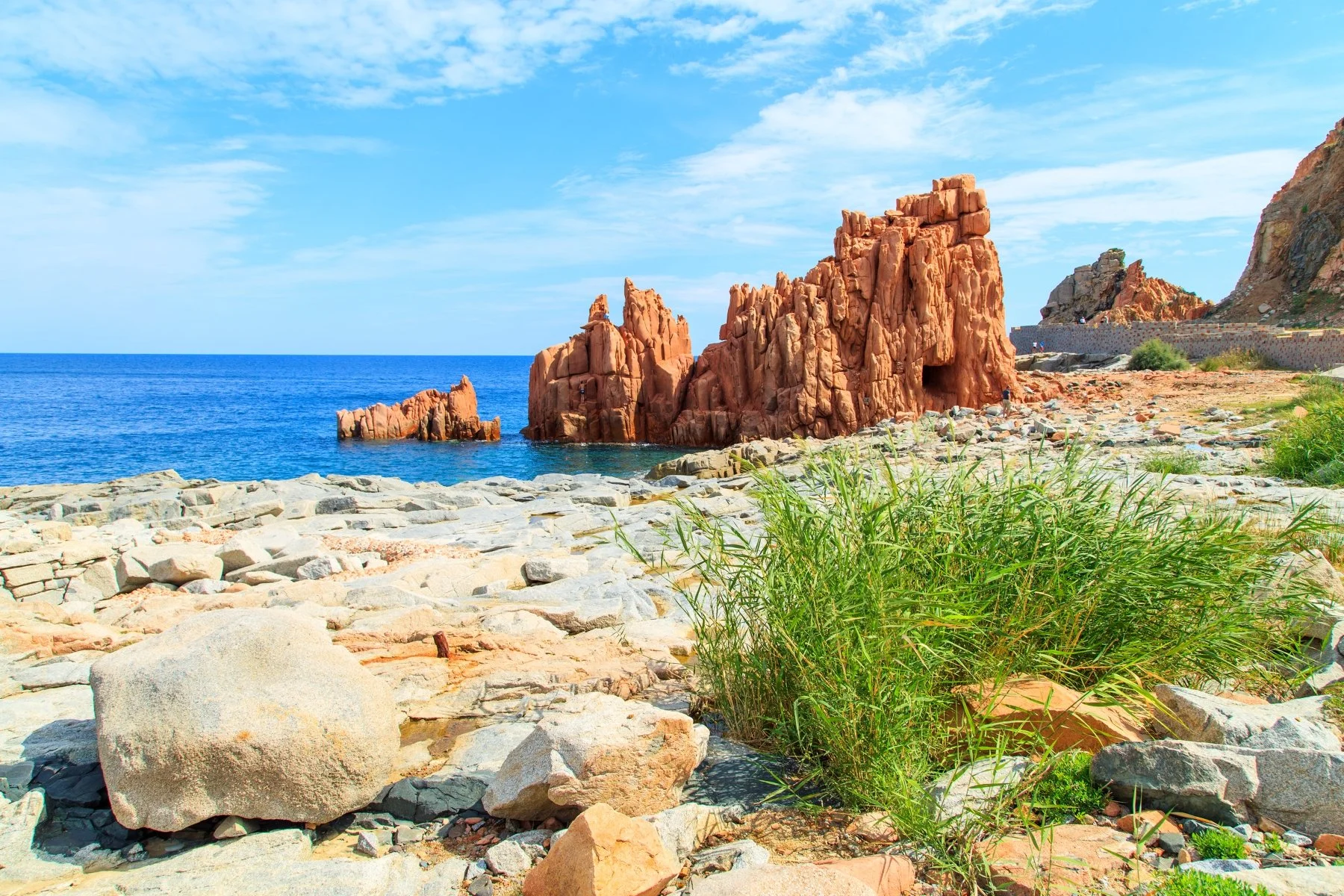
Tortolì
Tortolì is the port of Ogliastra, the gateway to a surprising world with a wide variety of landscapes. You’ll find tropical beaches, dense woods and Mediterranean brush, fertile plains and marshes, gently rolling hills covered in tilled fields and an oddity, a wide stripe of porphyry red rock that runs parallel to the coastline. The Rocce Rosse, literally red rocks, in the Arbatax area are the most spectacular example of this phenomenon, a natural monument that sticks straight up out of the emerald blue sea along the shore offering a truly amazing colour contrast. There are more than 200 monuments here that date back to the Nuragic Age, and the s’Ortali ‘e su Monti is an exemplary site.
-

Sa Spendula Waterfall
In the central-southern part of Sardinia, deep inside the Medio Campidano area, a constantly spectacular sight is that of one of the highest waterfalls on the Island, in a natural environment of unparalleled beauty.
-
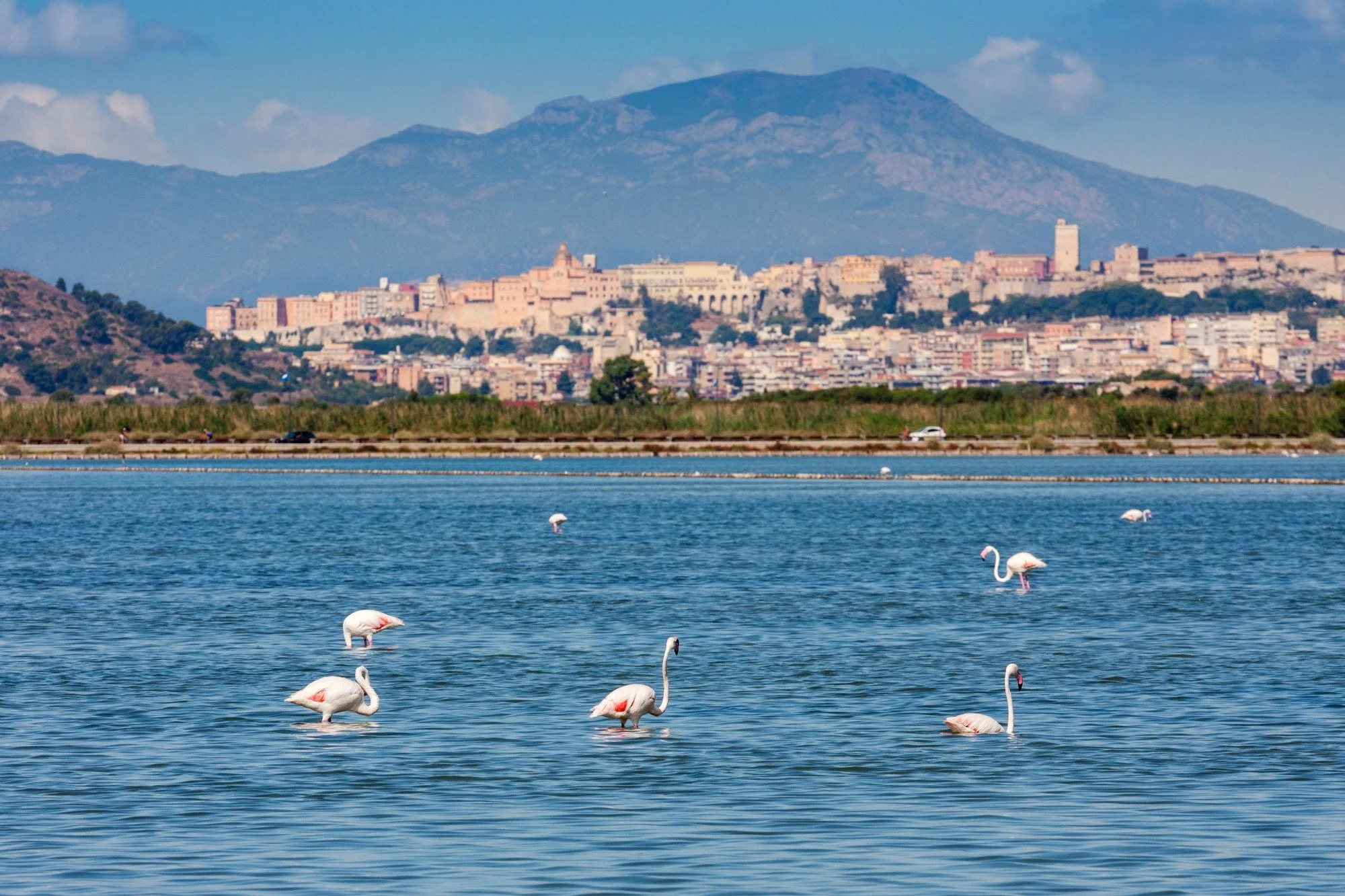
The Park of Molentargius
Saline Regional Park is a regional park in Sardinia, Italy. It was established in 1999 with the aim to protect and enhance a site of international interest, already included in the Ramsar Convention since 1977 because of its number relevance about stopover, wintering and nesting waterfowl bird species.
